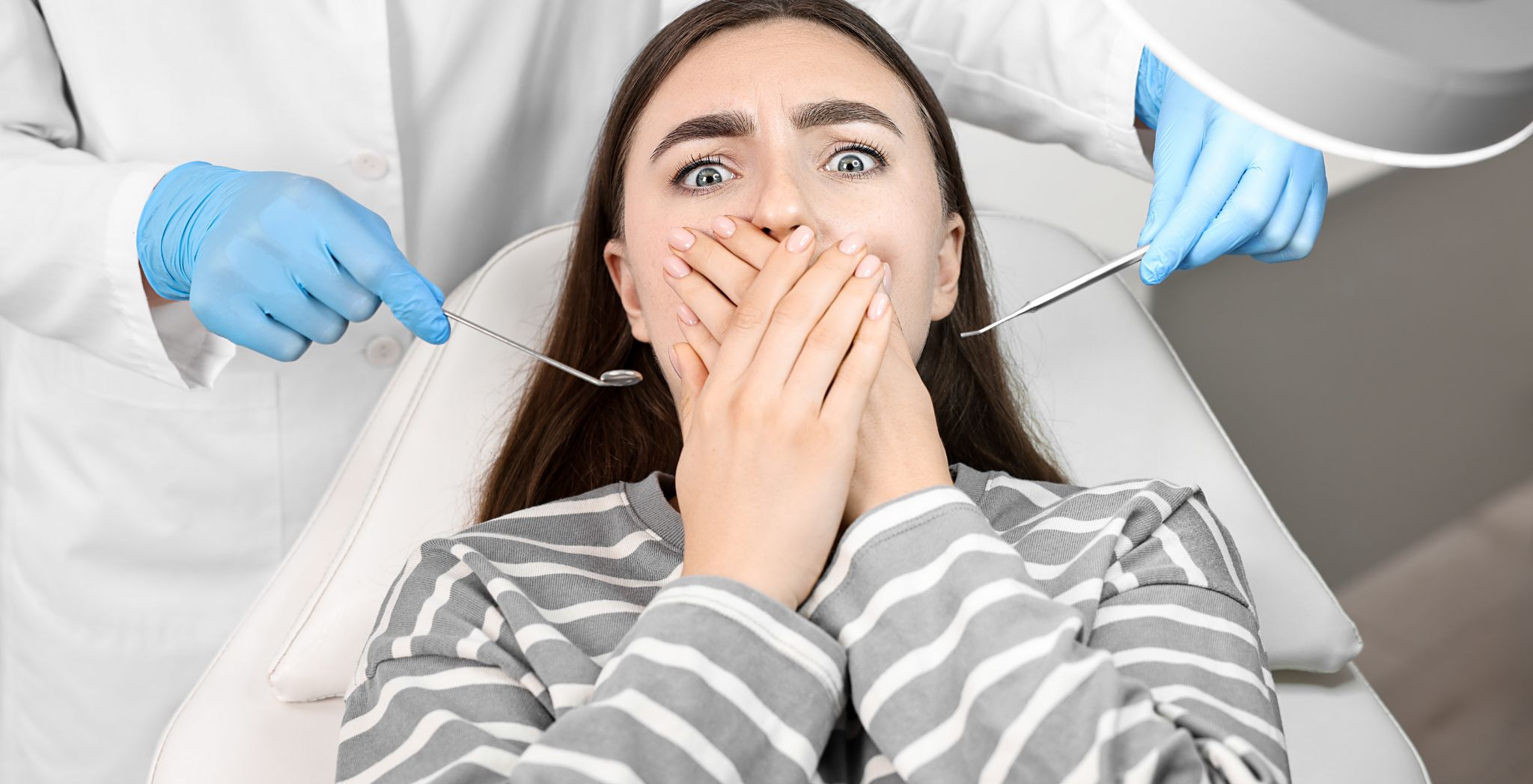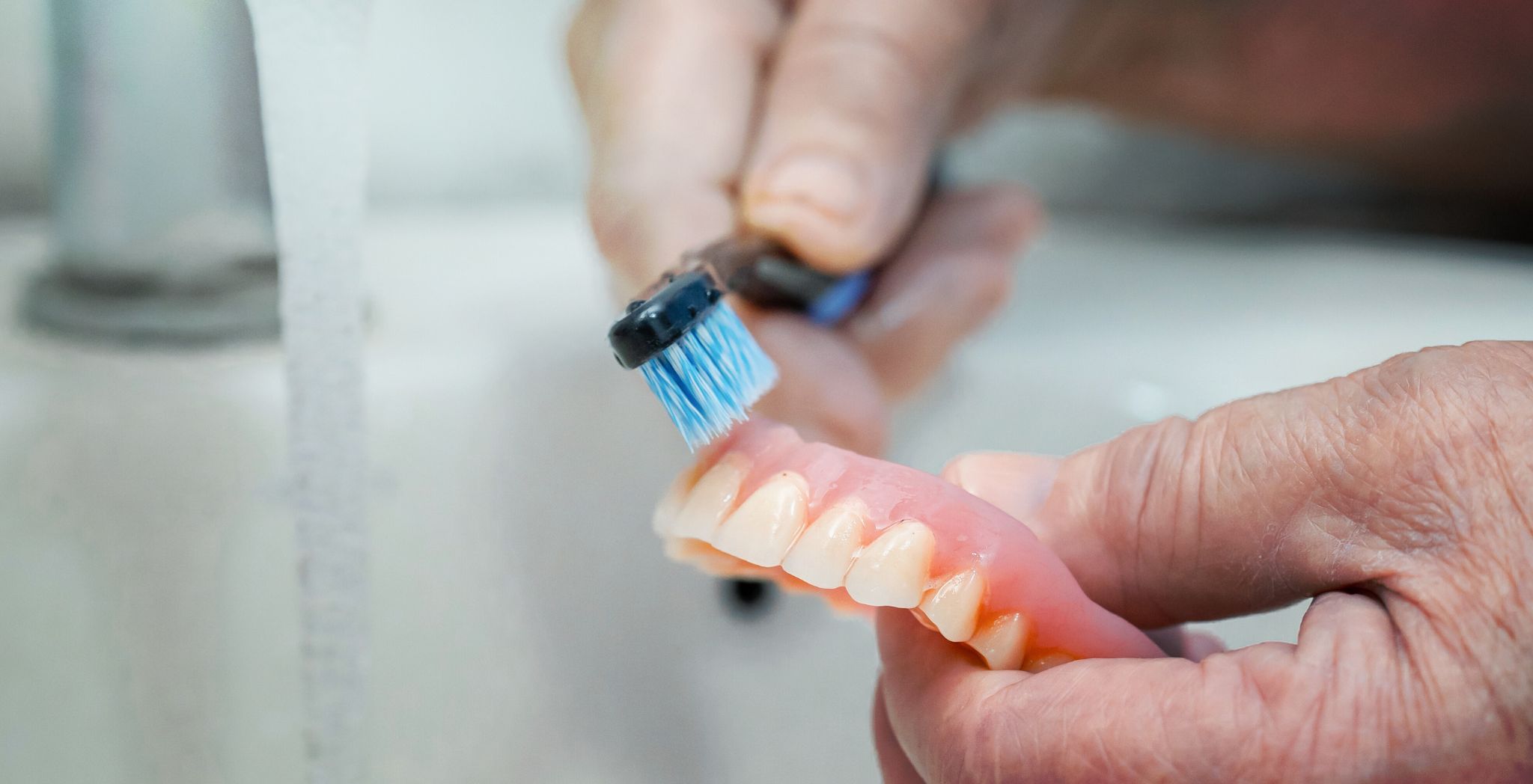Introduction
Maintaining strong, healthy teeth is crucial for overall well-being, and in Australia, we’re always looking for effective ways to protect our smiles. While daily brushing with fluoride toothpaste and regular dental check-ups are foundational, sometimes our teeth need an extra boost of protection. That’s where fluoride tooth varnish comes into play. This simple yet powerful dental treatment is a game-changer in preventing tooth decay, especially for those at higher risk.
In this blog post, we’ll delve into what fluoride tooth varnish is, how it works its magic, and the incredible dental varnish benefits it offers. We’ll also explore who can benefit most from this fluoride treatment for teeth, walk you through the easy application process, discuss its use for both children and adults, and address any potential concerns.
Get ready to discover how this protective measure can significantly enhance your tooth fluoride protection and contribute to a lifetime of healthier smiles.
What is Fluoride Tooth Varnish?
Fluoride tooth varnish is a highly concentrated dental product that dental professionals apply directly to the surface of your teeth. Unlike a permanent coating, it’s a sticky, resin-based lacquer designed to adhere to the enamel for several hours, slowly releasing fluoride into the tooth structure.
Think of it as a super-charged fluoride boost. While fluoride naturally occurs in some water supplies and is found in toothpastes, fluoride tooth varnish delivers a much higher concentration directly where it’s needed most. It’s typically a clear or slightly yellow solution containing 5% sodium fluoride (which equates to 22,600 parts per million of fluoride), making it a potent tool in the fight against dental decay.
This treatment is a form of topical fluoride treatment for teeth, meaning it works on the surface of your teeth, rather than being ingested. It quickly dries upon contact with saliva, forming a thin, protective film that gets to work immediately.
How Fluoride Tooth Varnish Works
To understand how Fluoride Tooth Varnish works, it helps to know a little about tooth enamel. Our tooth enamel is constantly undergoing a natural process of demineralisation (loss of minerals due to acid attacks from bacteria and sugars) and remineralisation (regaining minerals from saliva and fluoride). When demineralisation outpaces remineralisation, tooth decay or cavities occur.
Fluoride tooth varnish intervenes in this cycle in several powerful ways:
- Strengthening Enamel: The high concentration of fluoride in the varnish is absorbed by the tooth enamel. It reacts with the tooth’s natural mineral, hydroxyapatite, to form fluorapatite. Fluorapatite is a stronger, more acid-resistant compound, making your teeth much more resilient to attacks from plaque bacteria and acids.
- Promoting Remineralisation: The varnish acts as a fluoride reservoir, continuously releasing fluoride ions onto the tooth surface over several hours or even days. This sustained release significantly boosts the natural remineralisation process, helping to repair and harden areas where decay has just started (known as “white spot lesions”) and preventing them from progressing into full-blown cavities.
- Inhibiting Bacterial Activity: Fluoride also has an antibacterial effect. It can disrupt the metabolic pathways of decay-causing bacteria in the mouth, reducing their ability to produce harmful acids that erode enamel.
Because the varnish stays in contact with the tooth surface for an extended period, it provides prolonged protection, which is a key advantage over other topical fluoride applications like gels or foams that are rinsed away more quickly.
Benefits of Fluoride Tooth Varnish
The benefits of fluoride tooth varnish are extensive and contribute significantly to overall oral health:
- Powerful Cavity Prevention: This is the primary and most significant benefit. Studies consistently show that fluoride tooth varnish can reduce cavities by 37% in primary (baby) teeth and 43% in permanent teeth. Some research even reports up to a 50% reduction in cavity risk. It’s highly effective in preventing new cavities and can even reverse early-stage decay before it requires a filling.
- Strengthens Tooth Enamel: By forming fluorapatite, the varnish makes your tooth enamel harder and more resistant to acid attacks, providing robust tooth fluoride protection.
- Reduces Tooth Sensitivity: For individuals experiencing sensitivity to hot, cold, or sweet foods, fluoride tooth varnish can help. It blocks the tiny tubules in the dentine (the layer beneath enamel), reducing nerve exposure and alleviating discomfort.
- Easy and Quick Application: The treatment is non-invasive and takes only a few minutes to apply during a routine dental visit. There are no trays or prolonged rinsing involved, making it a comfortable experience for patients of all ages.
- Safe for All Ages: Despite its high fluoride concentration, only a small amount is used, and it adheres quickly to the teeth, minimising the risk of ingestion. This makes it a very safe option, even for babies from the time they get their first tooth.
- Cost-Effective Preventive Care: Investing in fluoride tooth varnish can save you money in the long run by preventing more expensive dental treatments like fillings, crowns, or even extractions. It’s a proactive step towards maintaining a healthy smile.
- Versatile Application: It can be applied to specific areas of concern, such as exposed root surfaces, or across all teeth for broad tooth fluoride protection.
Who Should Use Fluoride Tooth Varnish?
While fluoride tooth varnish offers benefits for almost everyone, it’s particularly recommended for individuals identified as being at a higher risk of developing tooth decay. This includes:
- Children and Adolescents: Tooth decay is a common preventable disease in children. Young children often struggle with thorough brushing, and their developing enamel benefits greatly from extra tooth fluoride protection. The Australian Dental Association (ADA) recommends Fluoride Tooth Varnish as a primary preventive measure for preschool children, and often advises applications every 3-6 months.
- Individuals with a History of Cavities: If you’ve had cavities in the past, you’re more susceptible to developing new ones. Regular fluoride treatment for teeth can help break this cycle.
- Those with Dry Mouth (Xerostomia): Saliva plays a crucial role in washing away food particles and neutralising acids. Medications, certain medical conditions, or radiation therapy can cause dry mouth, significantly increasing the risk of decay. Fluoride Tooth Varnish provides essential protection in these cases.
- People with Orthodontic Appliances: Braces and other orthodontic devices can create challenges for oral hygiene, making it harder to clean all tooth surfaces effectively. This treatment helps protect against decalcification around brackets.
- Individuals with Exposed Root Surfaces: Gum recession can expose the roots of teeth, which are softer than enamel and more vulnerable to decay.
- Those with Limited Access to Fluoridated Water: While many Australian communities benefit from fluoridated tap water, if you’re in an area without it, or primarily drink bottled water, you might not be getting enough systemic fluoride.
- Patients with Special Needs or Disabilities: For individuals who may find it challenging to maintain consistent oral hygiene, the quick and easy application of Fluoride Tooth Varnish makes it an ideal preventive solution.
- Individuals with a High Sugar Diet or Frequent Snacking: A diet high in sugary or acidic foods and drinks increases the risk of decay. The varnish provides an additional line of defence.
Your dentist, like dentist Berwick, will assess your individual risk factors and recommend the most appropriate frequency for fluoride treatment for teeth.
The Application Process of Fluoride Varnish
One of the most appealing aspects of fluoride tooth varnish is its straightforward and quick application process. It’s typically done during a routine check-up and clean and involves these simple steps:
- Preparation: Your dental professional will usually start by gently cleaning and drying your teeth with a piece of gauze. This helps the varnish adhere better to the tooth surface.
- Application: Using a small disposable brush, a thin layer of the fluoride tooth varnish is painted onto all surfaces of your teeth – front, back, top, and bottom. The process is very fast, often taking less than a minute.
- Quick Setting: The varnish sets almost immediately upon contact with saliva. This means you don’t need to sit with trays in your mouth or wait for it to dry. You can close your mouth and resume normal activities very quickly.
- Post-Application Advice: Your dental team will provide specific aftercare instructions to ensure the varnish has maximum effectiveness.
The process is so non-invasive and efficient that it’s well-tolerated by even very young children, making it a popular choice in paediatric dentistry across Australia.
Fluoride Tooth Varnish for Children vs Adults
Fluoride Tooth Varnish offers significant dental varnish benefits for both children and adults, though the focus might differ slightly.
For Children
In children, the primary goal is cavity prevention, especially during the crucial years when primary teeth are erupting and permanent teeth are developing. Children often have developing enamel that is more susceptible to decay, and their oral hygiene habits may not be fully developed.
Regular applications of fluoride tooth varnish significantly reduce their risk of decay, protecting both baby teeth (which are important for speech, eating, and guiding permanent teeth) and newly erupted permanent teeth.
For Adults
For adults, fluoride tooth varnish remains a vital preventive tool, particularly for those at high risk of tooth decay or specific oral health challenges. This can include:
- Preventing Root Caries: As we age, gum recession can expose the softer root surfaces, which are more prone to decay. The varnish provides crucial tooth fluoride protection for these vulnerable areas.
- Managing Sensitivity: Many adults experience tooth sensitivity. The varnish can effectively reduce this discomfort by strengthening enamel and blocking exposed dentine.
- Supporting Comprehensive Dental Care: For adults with a history of cavities, those undergoing certain medical treatments that affect oral health (like chemotherapy or radiation), or individuals with dry mouth, regular applications become an essential part of their overall dental care plan.
- Reinforcing Enamel: Even healthy adult enamel can benefit from the extra strength and acid resistance provided by the varnish.
While the frequency of application might vary based on individual risk assessed by your dentist in Pakenham, the underlying dental varnish benefits of strengthening and protecting teeth are universal.
Are There Any Risks or Side Effects?
Fluoride tooth varnish is widely regarded as one of the safest and most effective preventive dental treatments available. Because only a small amount is applied directly to the teeth and it sets quickly, the risk of ingesting significant amounts of fluoride is very low. This is a key advantage over other fluoride treatments.
Potential side effects are rare and generally minor:
- Temporary Discolouration: Some brands of Fluoride Tooth Varnish may leave a temporary yellowish or dull film on the teeth immediately after application. This is normal and will disappear when you brush your teeth the next morning.
- Sticky Sensation: You might feel a slightly sticky sensation on your teeth for a few hours after the application, which is due to the resin base of the varnish.
- Allergic Reactions: Extremely rare, but as with any product, there’s a minimal risk of an allergic reaction to an ingredient in the varnish (e.g., pine nuts in some formulations). Always inform your dental professional of any allergies.
Dental fluorosis, which is the discolouration or pitting of enamel due to excessive fluoride intake during tooth development, is a concern primarily with systemic fluoride ingestion during childhood.
Due to the very small amount applied and quick setting, the risk of dental fluorosis from fluoride tooth varnish is negligible, even in young children. Dental professionals are highly trained to apply the correct dosage.
In Australia, the application of fluoride tooth varnish is regulated, and it is primarily applied by qualified medical, dental, and oral health practitioners, ensuring safety and efficacy. The Australian Dental Association provides guidelines to ensure its appropriate use.
Post-Treatment Care and Recommendations
To ensure you get the maximum dental varnish benefits from your fluoride tooth varnish application, your dental professional will provide some simple aftercare instructions. These usually include:
- Avoid Brushing and Flossing Immediately: Generally, you’ll be advised not to brush or floss your teeth for at least 4-6 hours, or ideally until the next morning. This allows the varnish to remain on your teeth and release fluoride for as long as possible.
- Stick to Soft Foods and Cold Drinks: For the first few hours after application, it’s best to avoid hot drinks, alcohol, hard, crunchy, or sticky foods. This helps prevent the varnish from being prematurely rubbed off. Opt for soft foods and cold or lukewarm beverages.
- No Other Fluoride Products for the Day: Avoid using fluoride mouthwashes or other fluoride products on the day of your application. Your teeth have received a strong dose of tooth fluoride protection from the varnish.
- Expect Temporary Appearance Changes: As mentioned, your teeth might look a bit dull or slightly yellow until you brush them. Don’t be alarmed; this is completely normal.
- Resume Normal Oral Hygiene: The next morning, you can resume your regular brushing and flossing routine.
Your dentist will also recommend the frequency of follow-up applications based on your individual risk assessment. For many, 2-4 applications per year suffice, but those at higher risk may require more frequent visits.
Conclusion
Fluoride tooth varnish is a powerful, safe, and efficient tool in modern preventive dentistry, offering significant dental varnish benefits for individuals of all ages. From strengthening enamel and preventing new cavities to reversing early signs of decay and reducing sensitivity, its impact on maintaining a healthy smile is undeniable.
This targeted fluoride treatment for teeth works by providing a sustained release of fluoride directly to the tooth surface, enhancing your natural tooth fluoride protection. It’s especially beneficial for children and those at higher risk of decay, providing a crucial extra layer of defence that complements daily brushing and flossing.
By incorporating fluoride tooth varnish into your regular dental care routine, you’re making a proactive investment in the long-term health and resilience of your teeth. It’s a simple step that can lead to a lifetime of stronger, healthier smiles, helping you avoid more extensive and costly dental issues down the track.
Ready to Get an Ultimate Tooth Fluoride Protection?
Talk to your local dental professional at Woodleigh Waters Dental about whether Fluoride tooth varnish is right for you or your family.
To learn more or to schedule an appointment for fluoride treatment for teeth, contact your trusted dentist today. We can assess your specific needs and help you achieve and maintain a vibrant, healthy smile.



